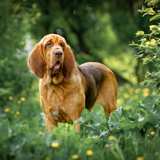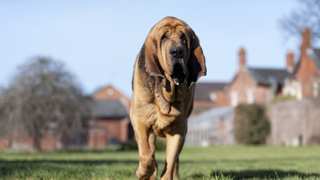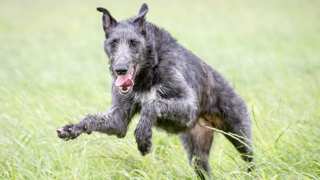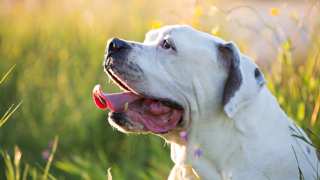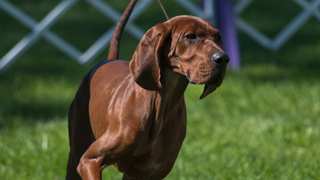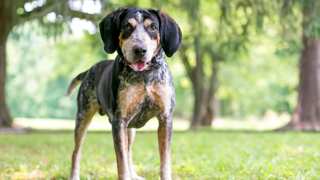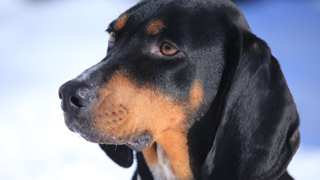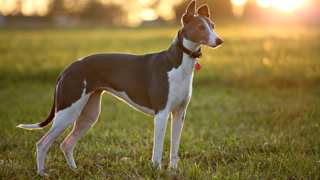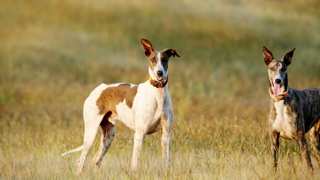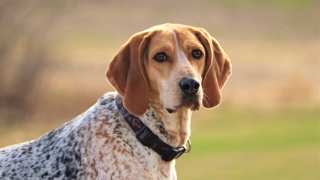With this big, athletic breed comes the need for a large, varied diet. Like other active breeds, Bloodhound food will need to have plenty of animal-based proteins/fats and carbohydrates for energy; vitamins, minerals, and fiber for digestive and immune health; and omega fatty acids for coat and skin wellness. This means the best Bloodhound diet will consist of both premium dry food and fresh/raw ingredients. The high-quality commercial food will provide balanced portions of the above-listed ingredients, all of which a Bloodhound needs to sustain its health in the long term. Owners are also urged to add some lean meat and fresh fruit or vegetables to at least one meal a day for their Bloodhounds. Cheap, generic food is not recommended for these dogs, because it contains mostly empty "filler" ingredients that simply have no nutritional value. Premium food, while more expensive and difficult to obtain, is much better.
In regards to portion sizes: the typical adult Bloodhound, depending on its age, size, and activity level, will need about five cups of dry food per day, divided into two meals. Bloodhound puppies, again depending on age, will need a bit less: about 3½ cups per day, divided into three meals (not two) until six months of age. For further details on feeding a Bloodhound from puppyhood through maturity, refer to this chart:
Dog AgeDog WeightFood TypeAmountFrequency2 Months15 lbsDry (Puppy formula)0.5 cups3x/day3 Months30 lbsDry0.75 cups3x/day6 Months60 lbsDry1.25 cups3x/day9 Months85 lbsDry* (Puppy/Adult)2.25 cups2x/day12 Months+100 lbsDry (Adult formula)2.5 cups2x/day*--Around this time, transition to adult food by first mixing in a bit of adult formula with the puppy formula. Over the course of a week, with each meal add a bit more adult food to the mixture, until the dog is eating it entirely.
If possible, try to stick to the above-listed portions. These dogs can have huge appetites, and will easily become overweight if overfed and under-exercised--and a fat Bloodhound will have joint, breathing, and digestive problems, not to mention a shortened lifespan. You can help control your Bloodhound's weight by establishing consistent feeding and exercise schedules, by not feeding the dog table scraps, and by not leaving food in the dog's bowl all the time, thereby allowing it to eat anytime it wants. It's better to put your Bloodhound's bowl down only at mealtimes, then pick it up 20-30 minutes after the dog begins eating.
If you're worried your Bloodhound is overweight, give the dog this simple test: run a hand along its side, and if you can't feel any ribs, it's diet time. Decrease the dog's daily food consumption by one-fourth, and add an extra walk, jog, bike ride, or play period to its daily exercise schedule.
